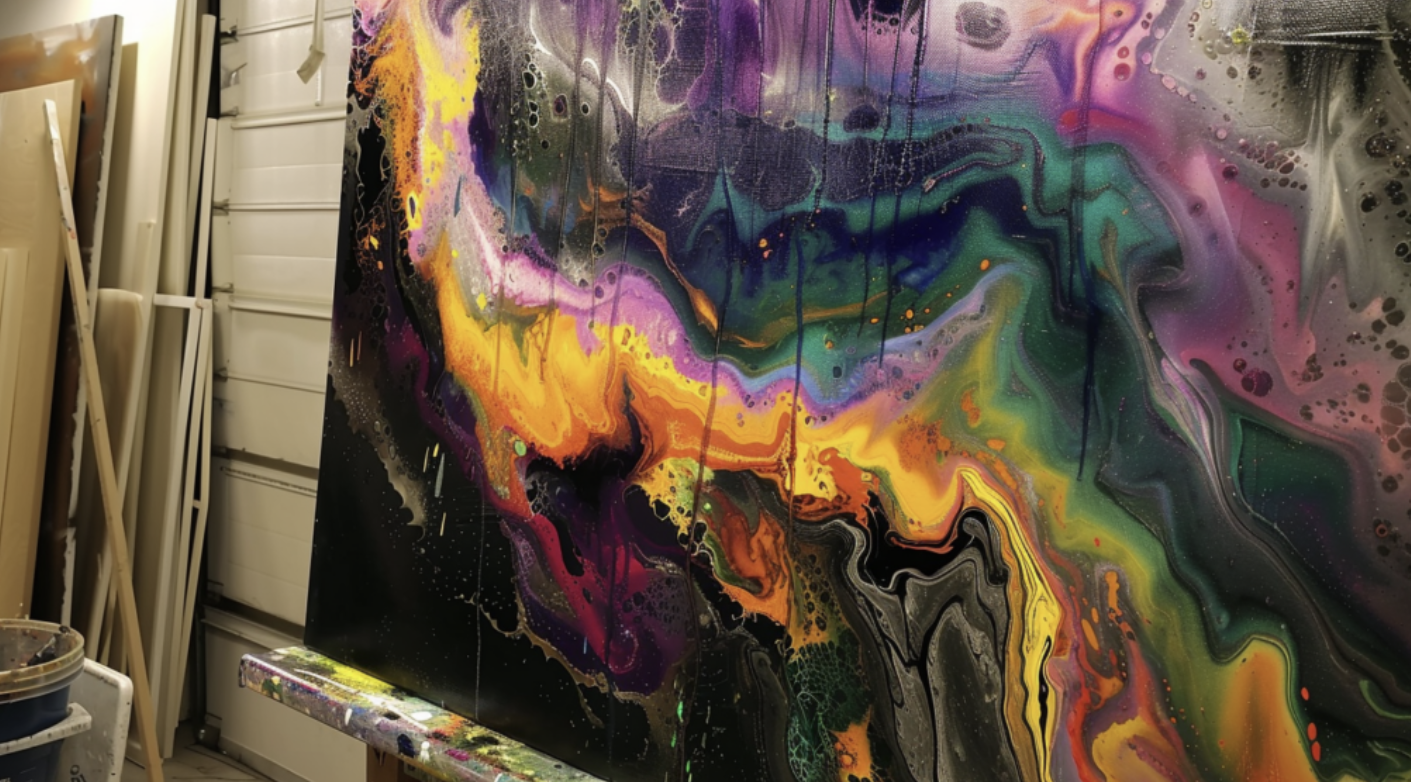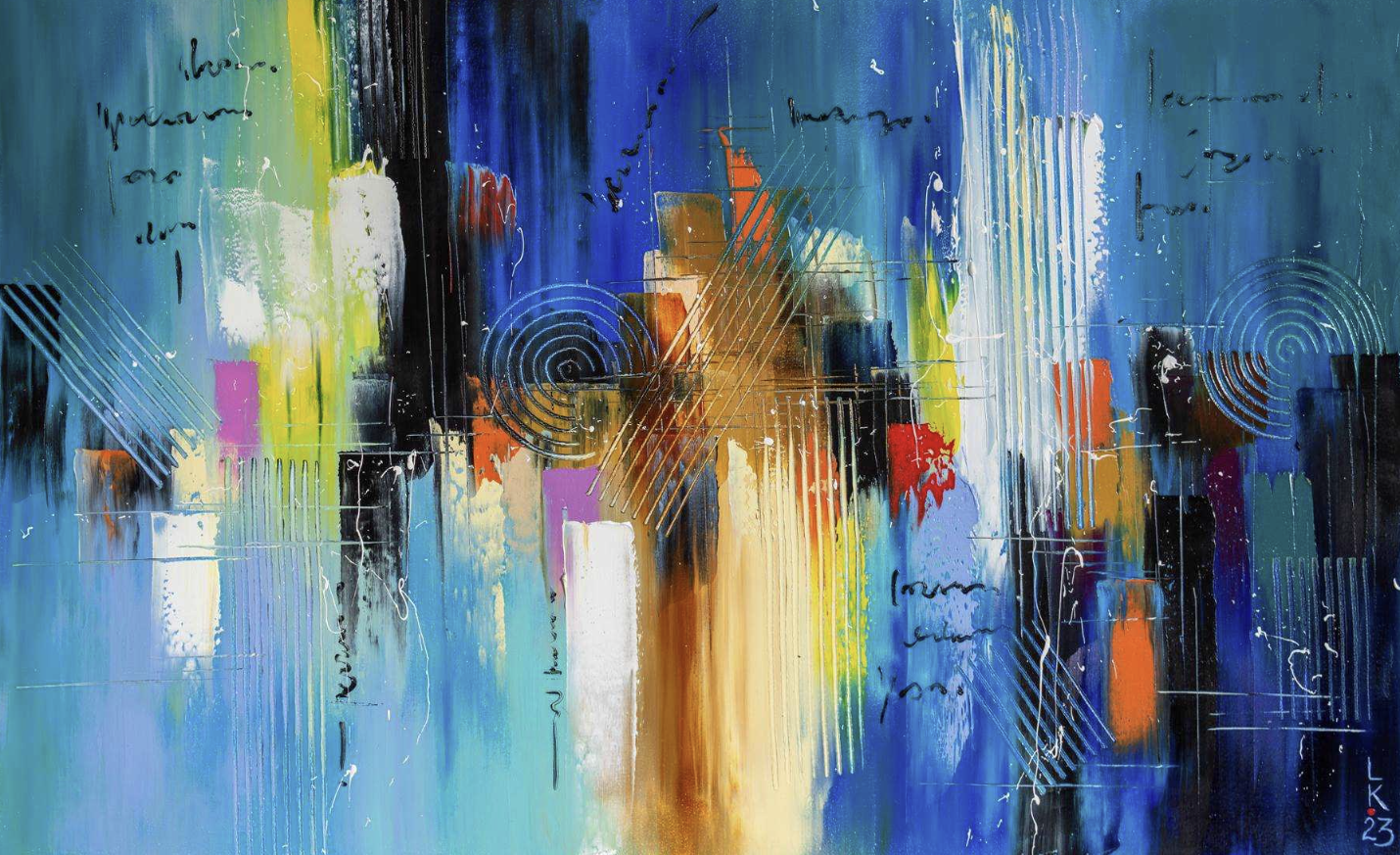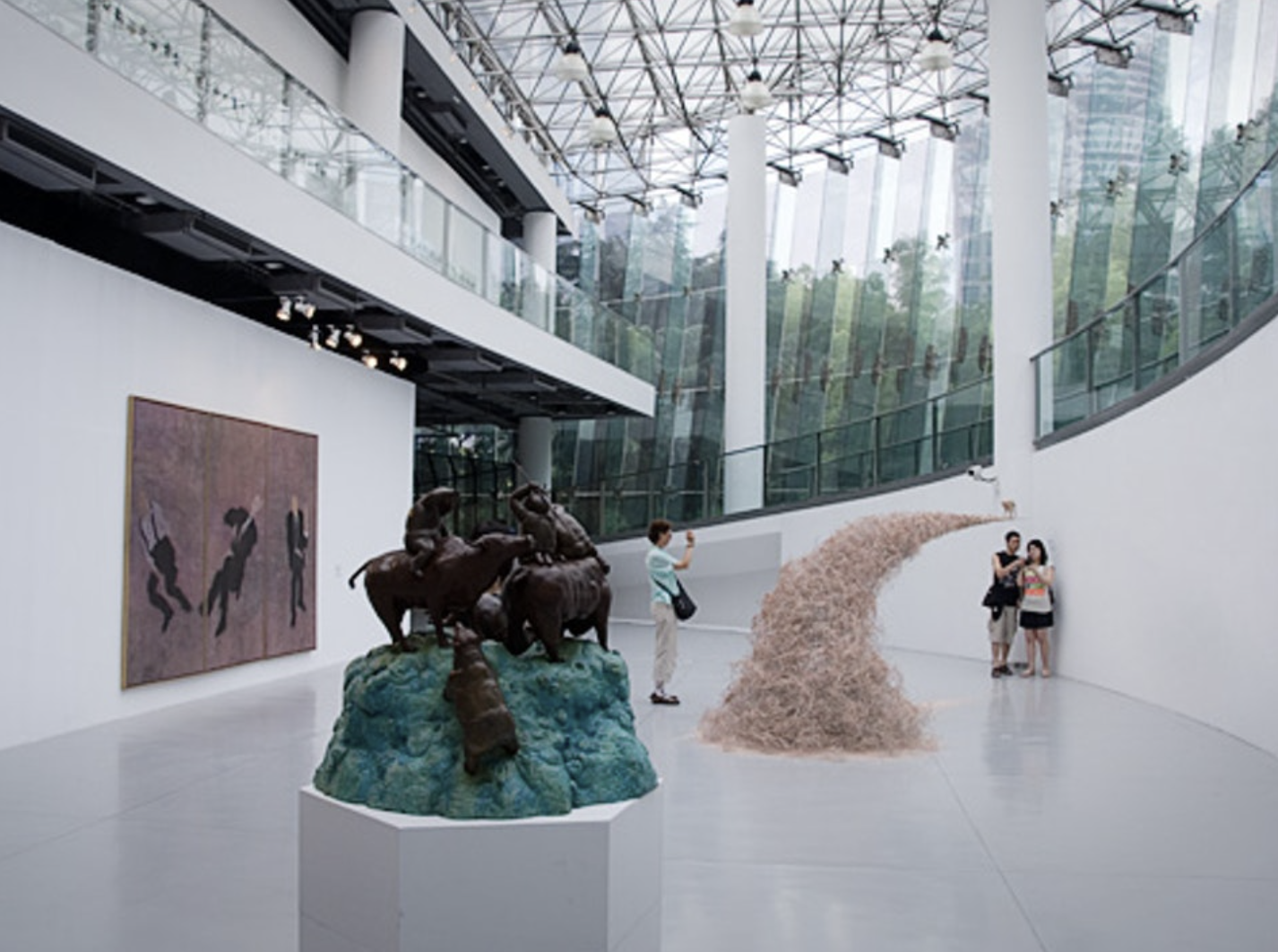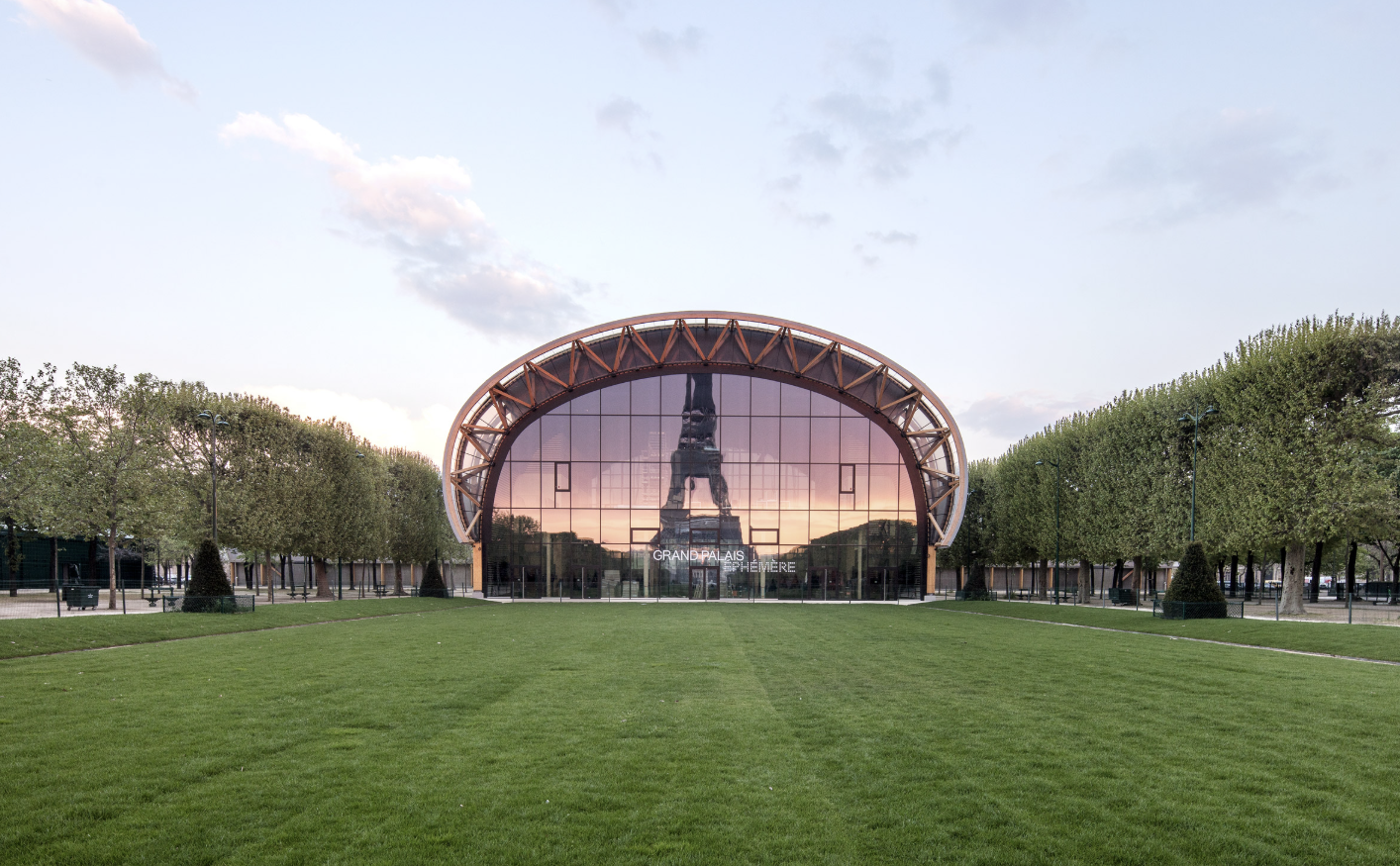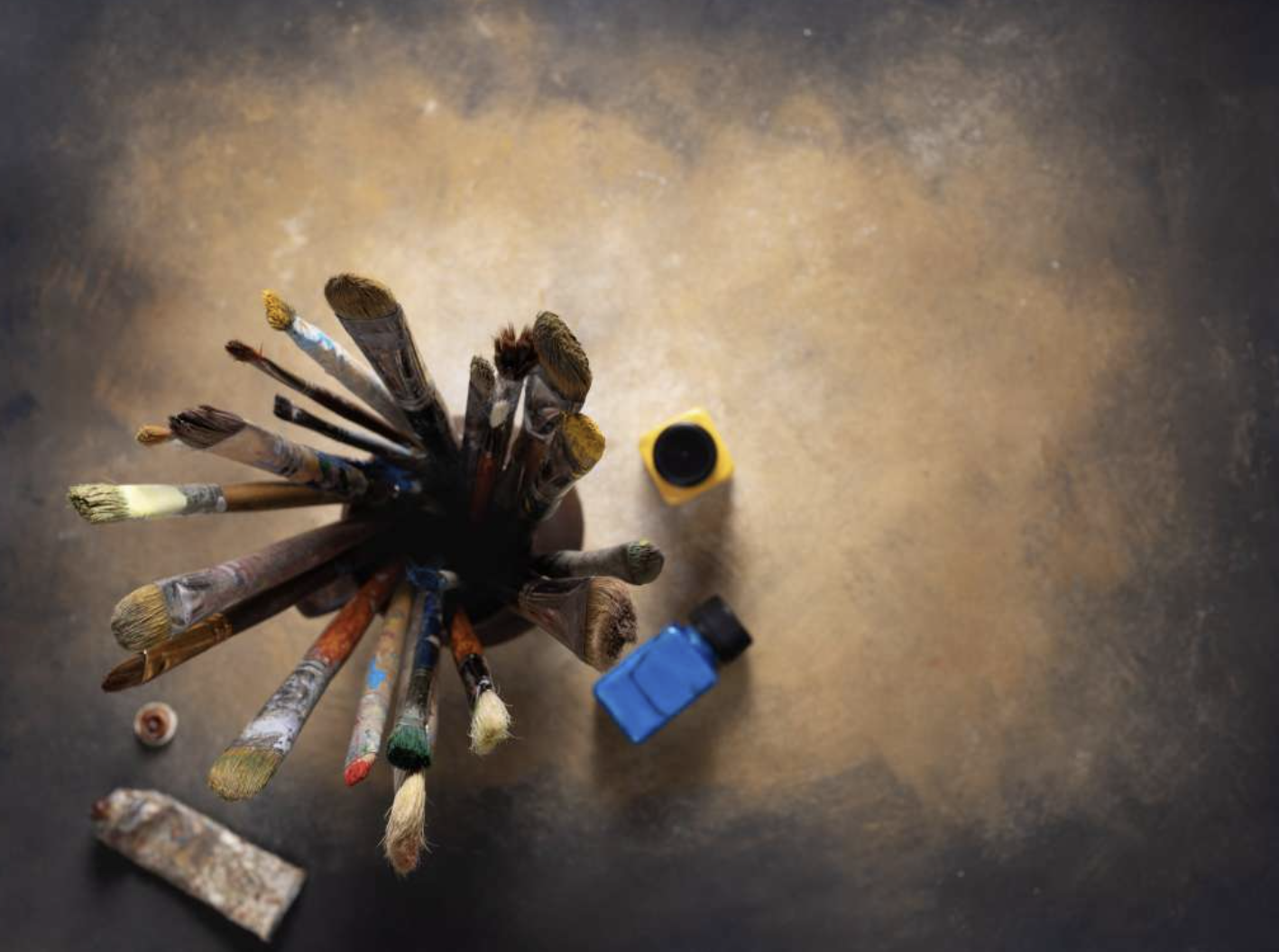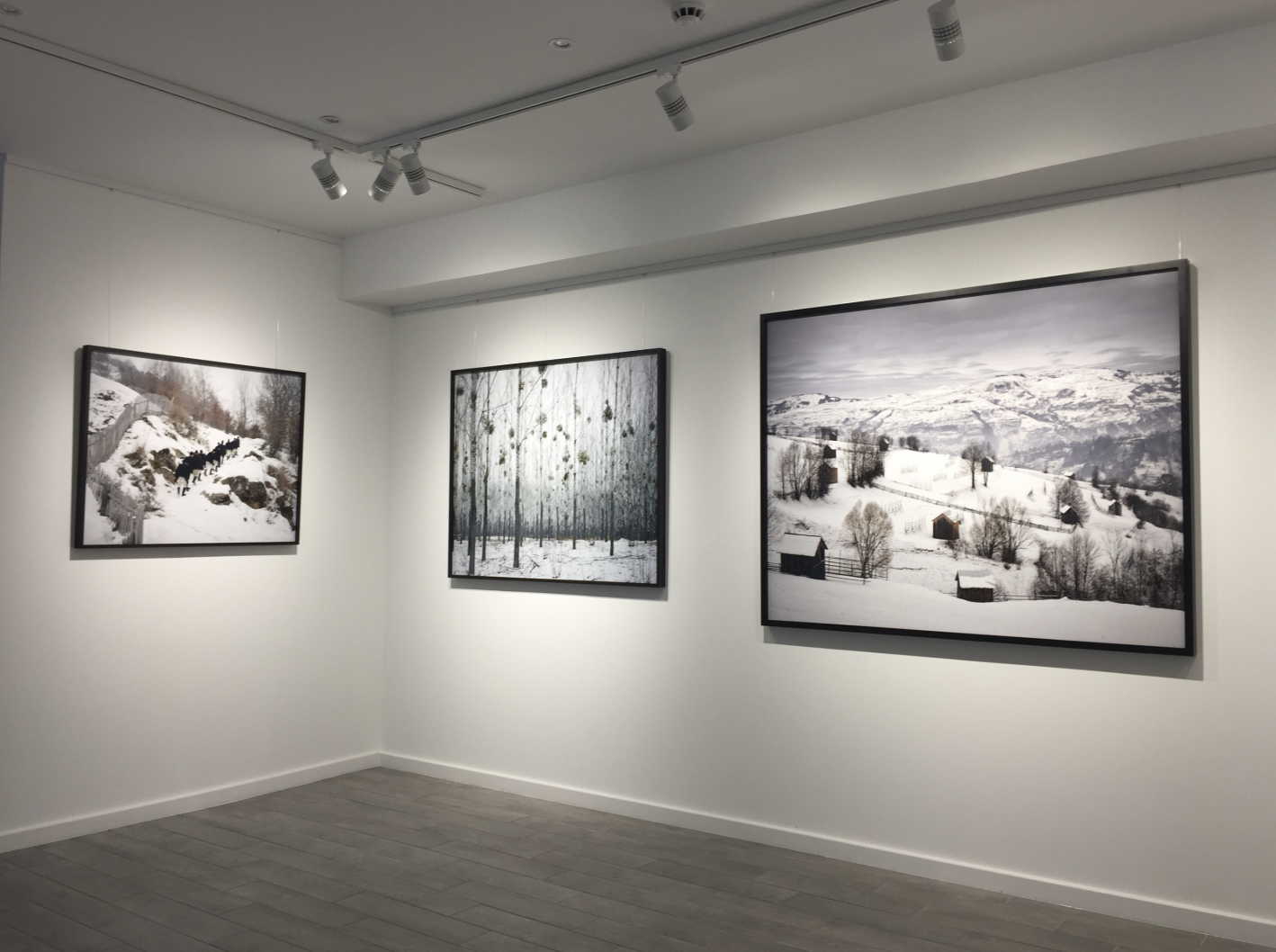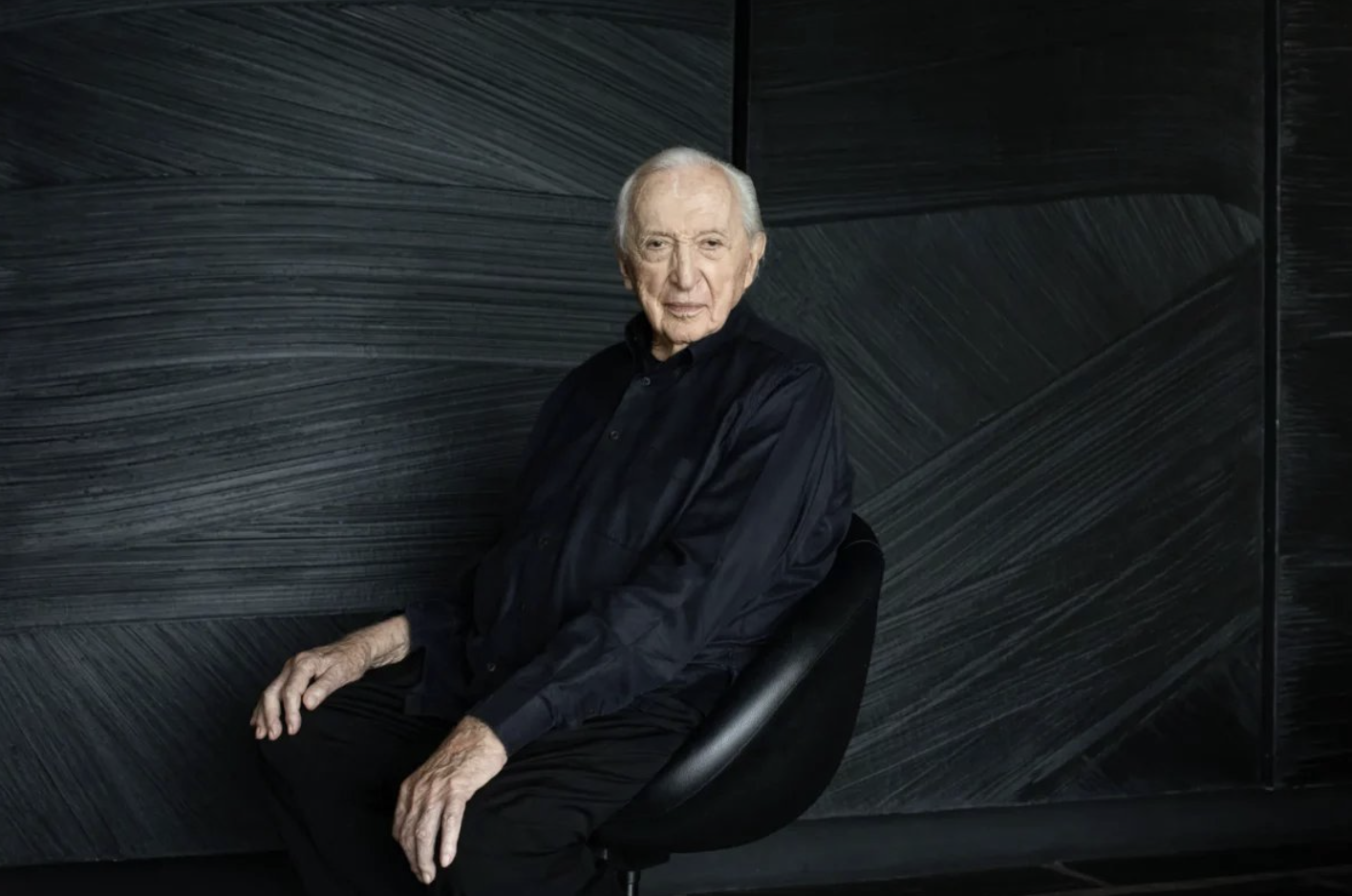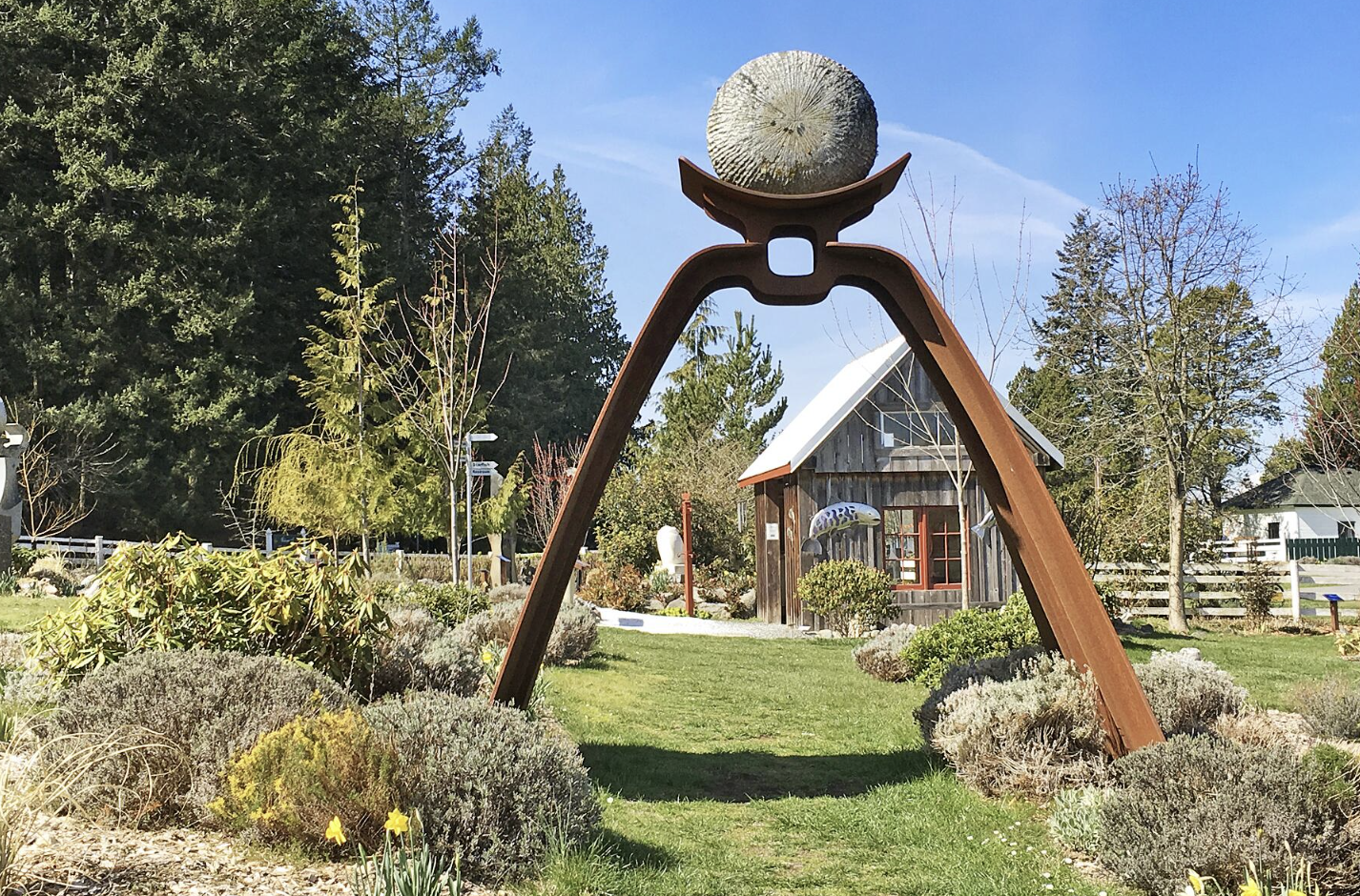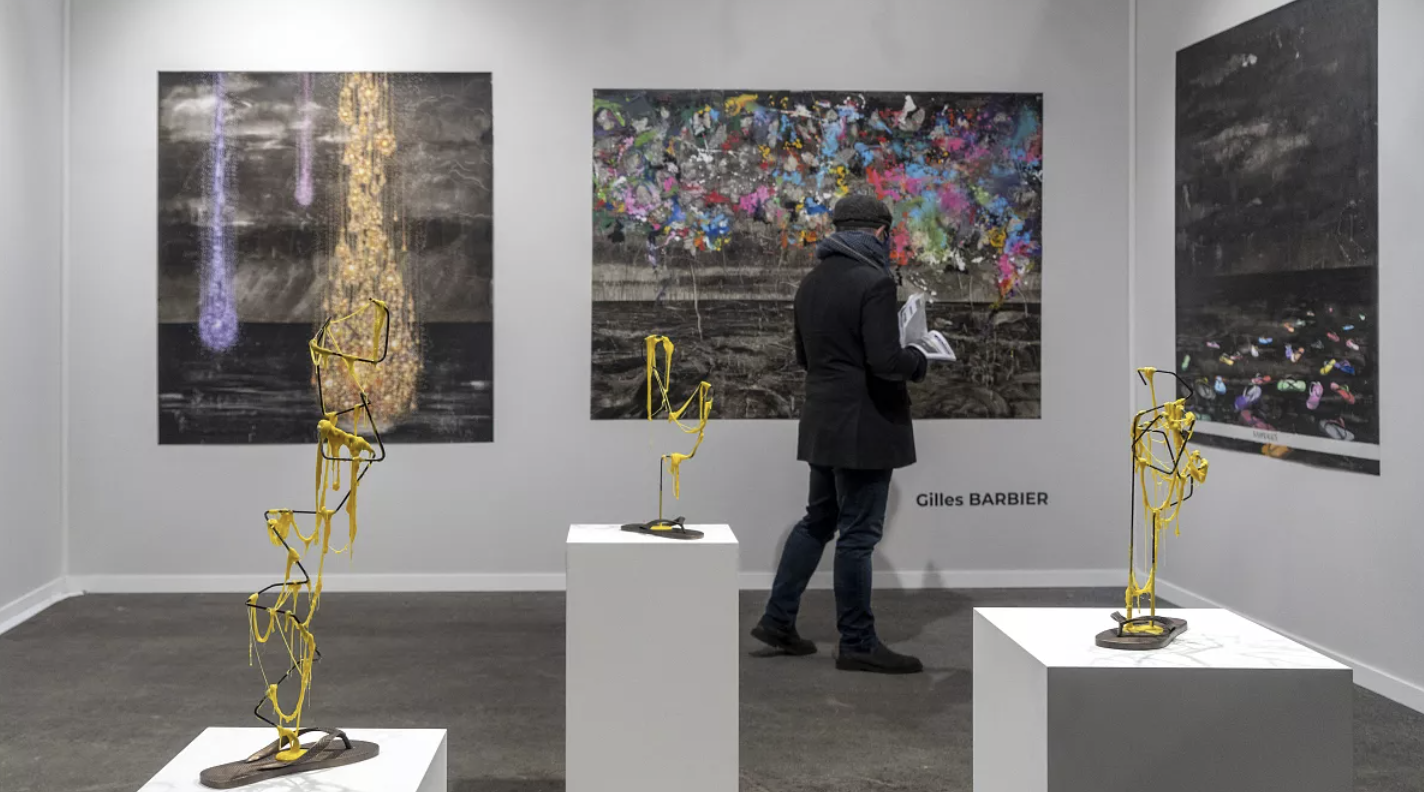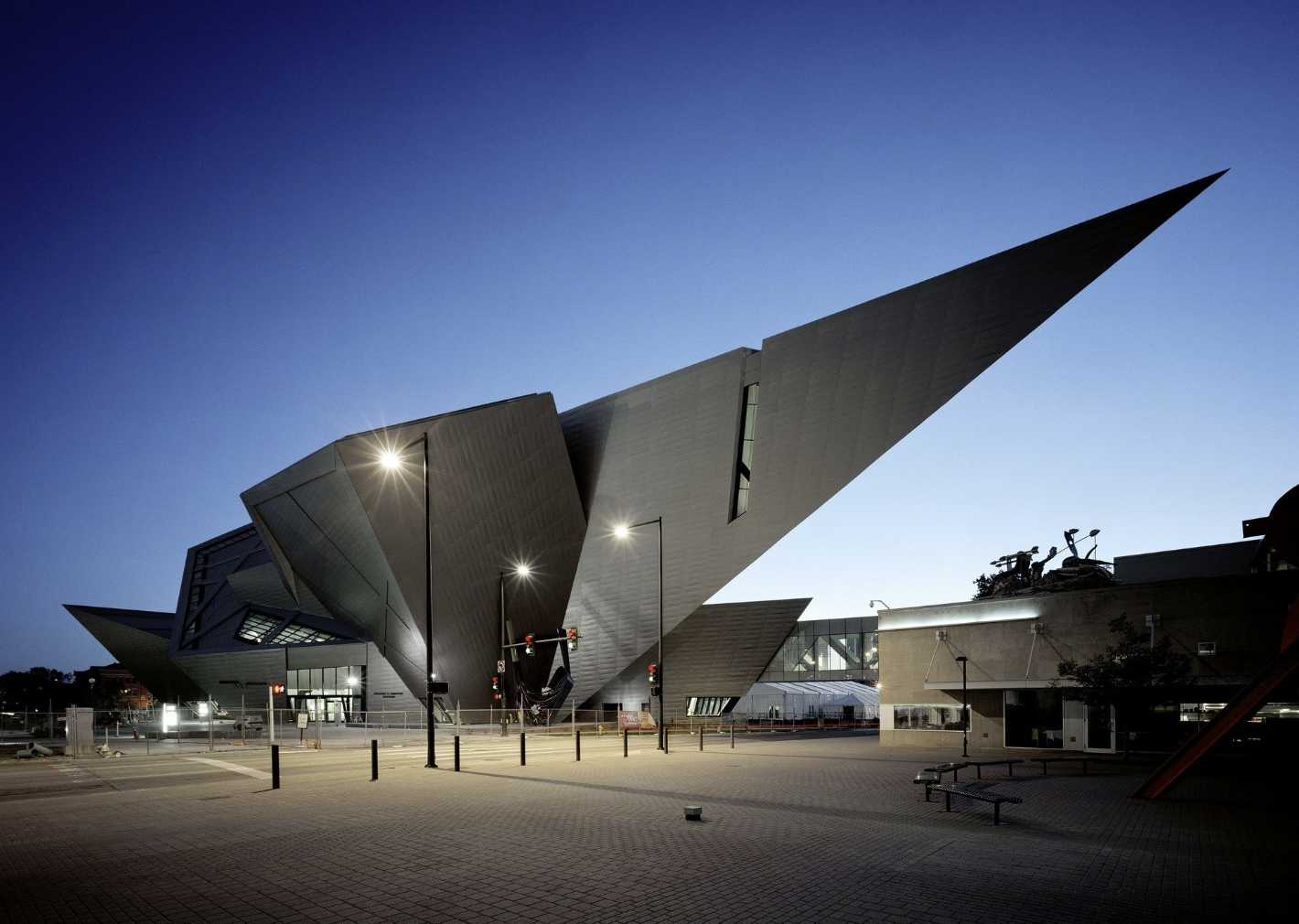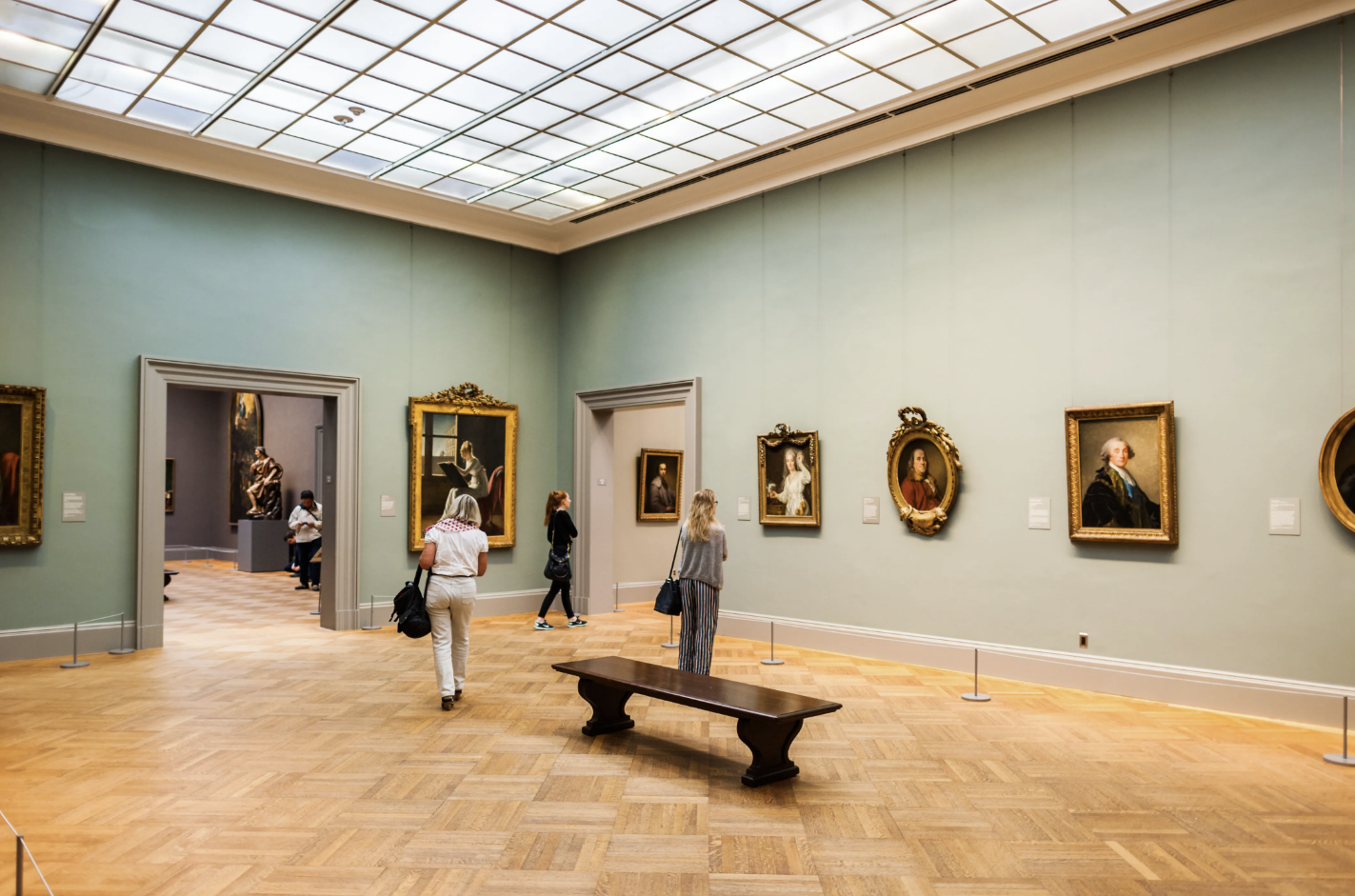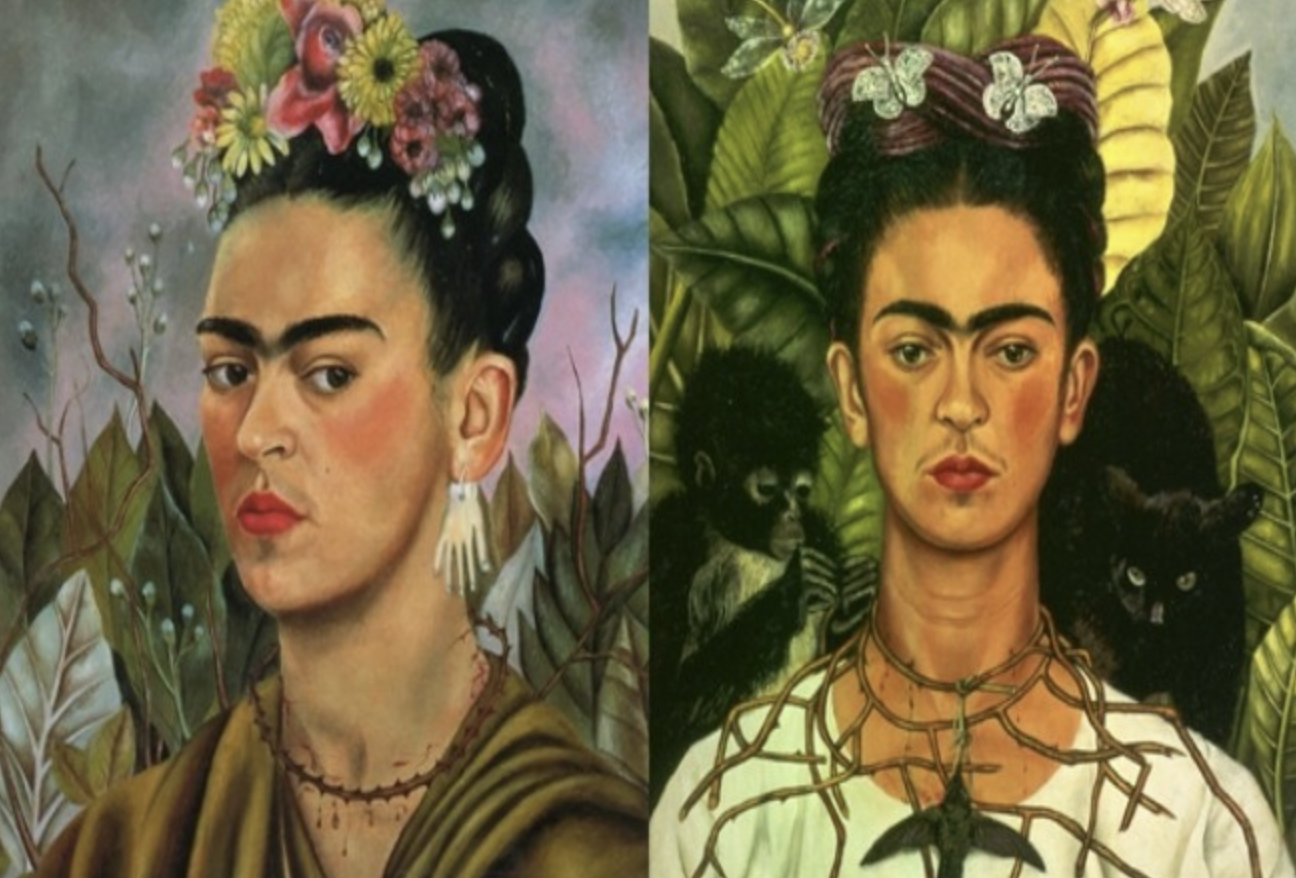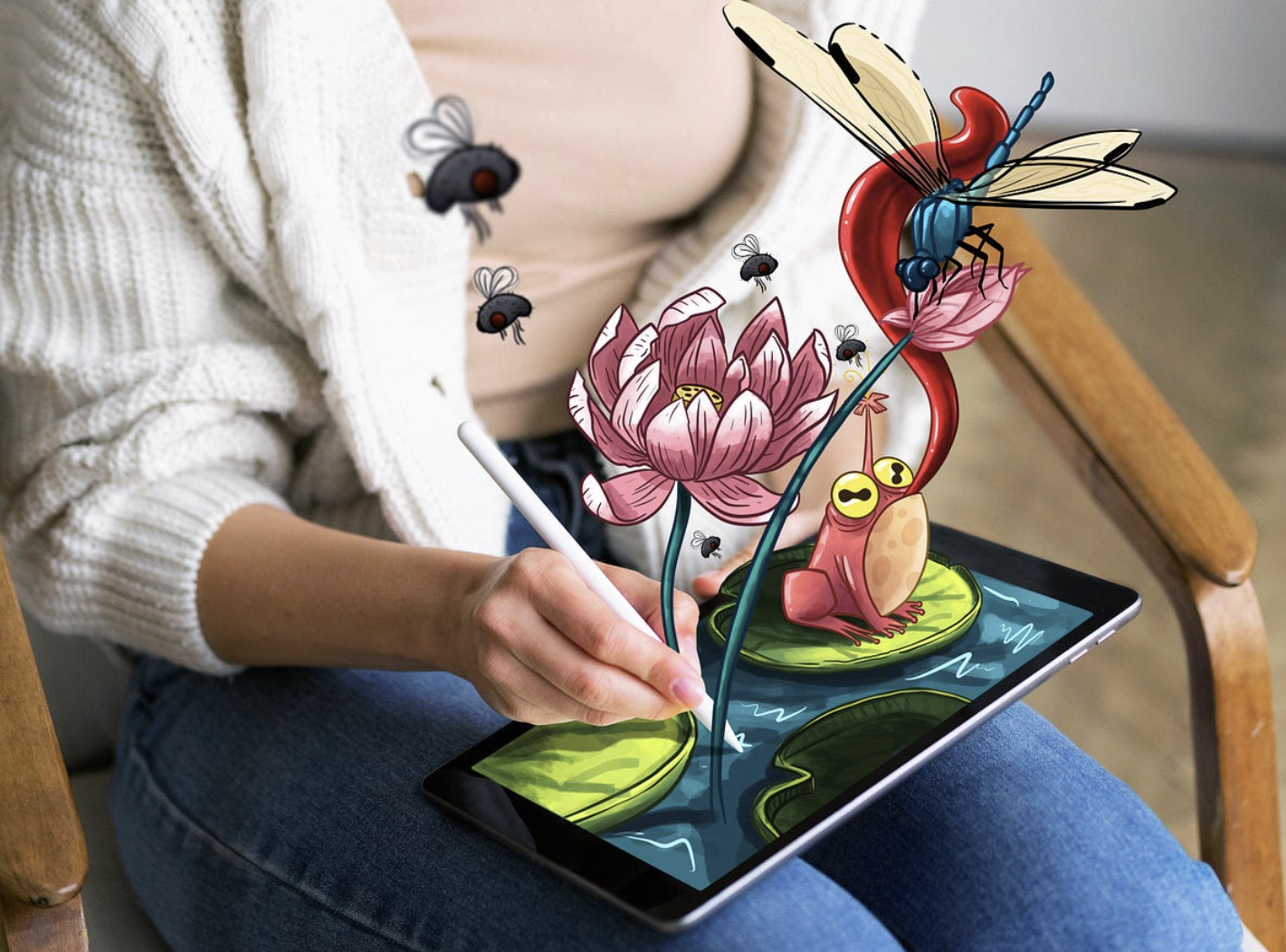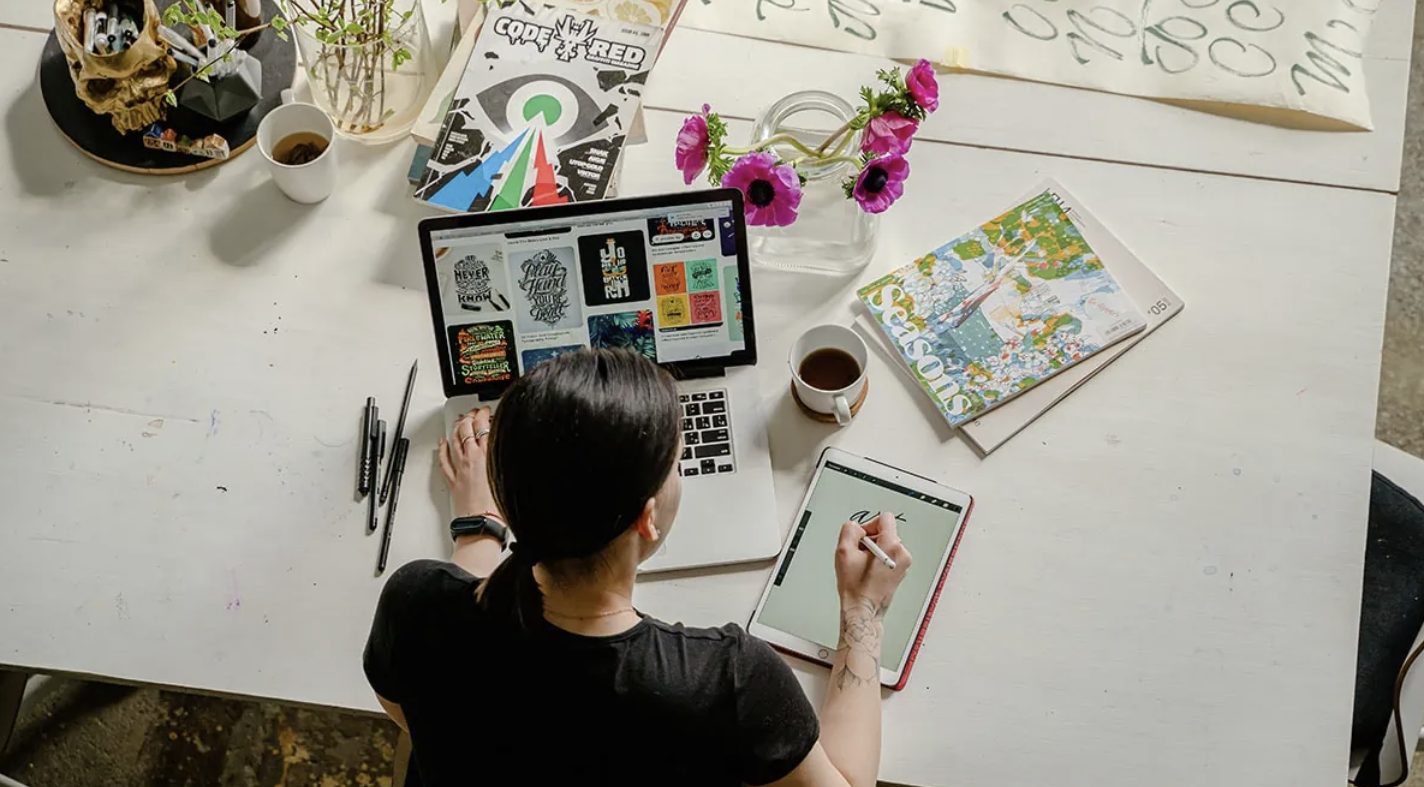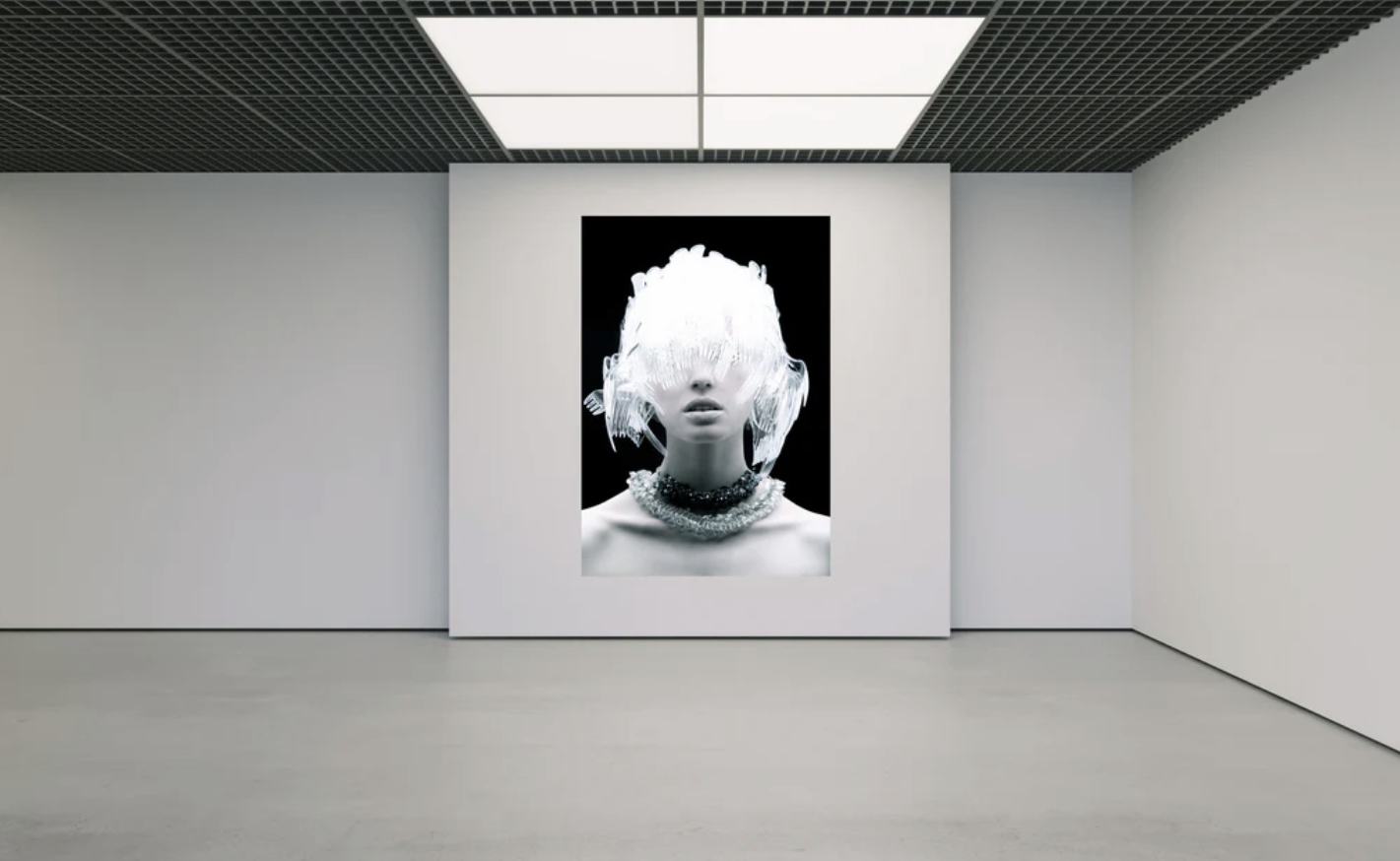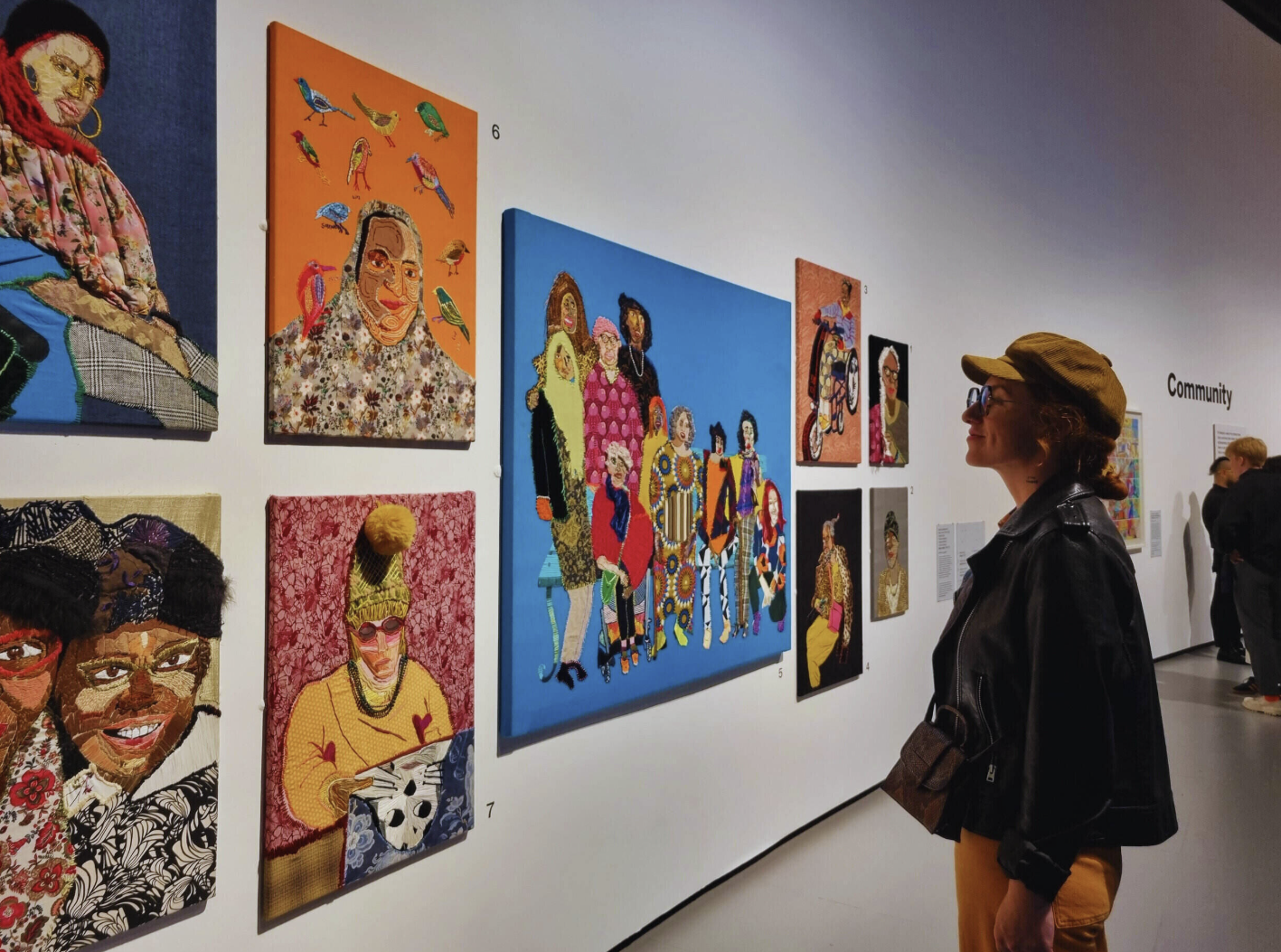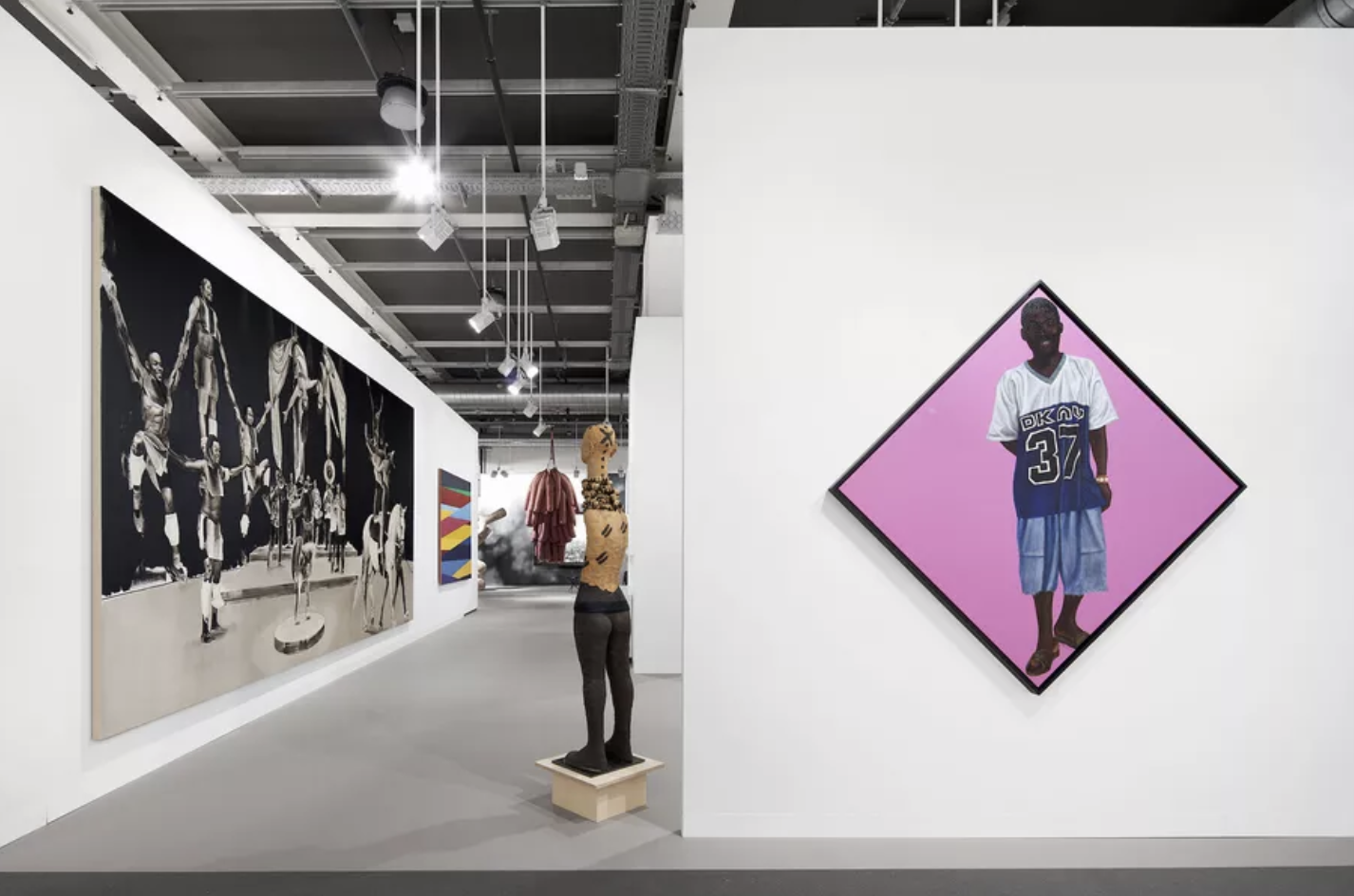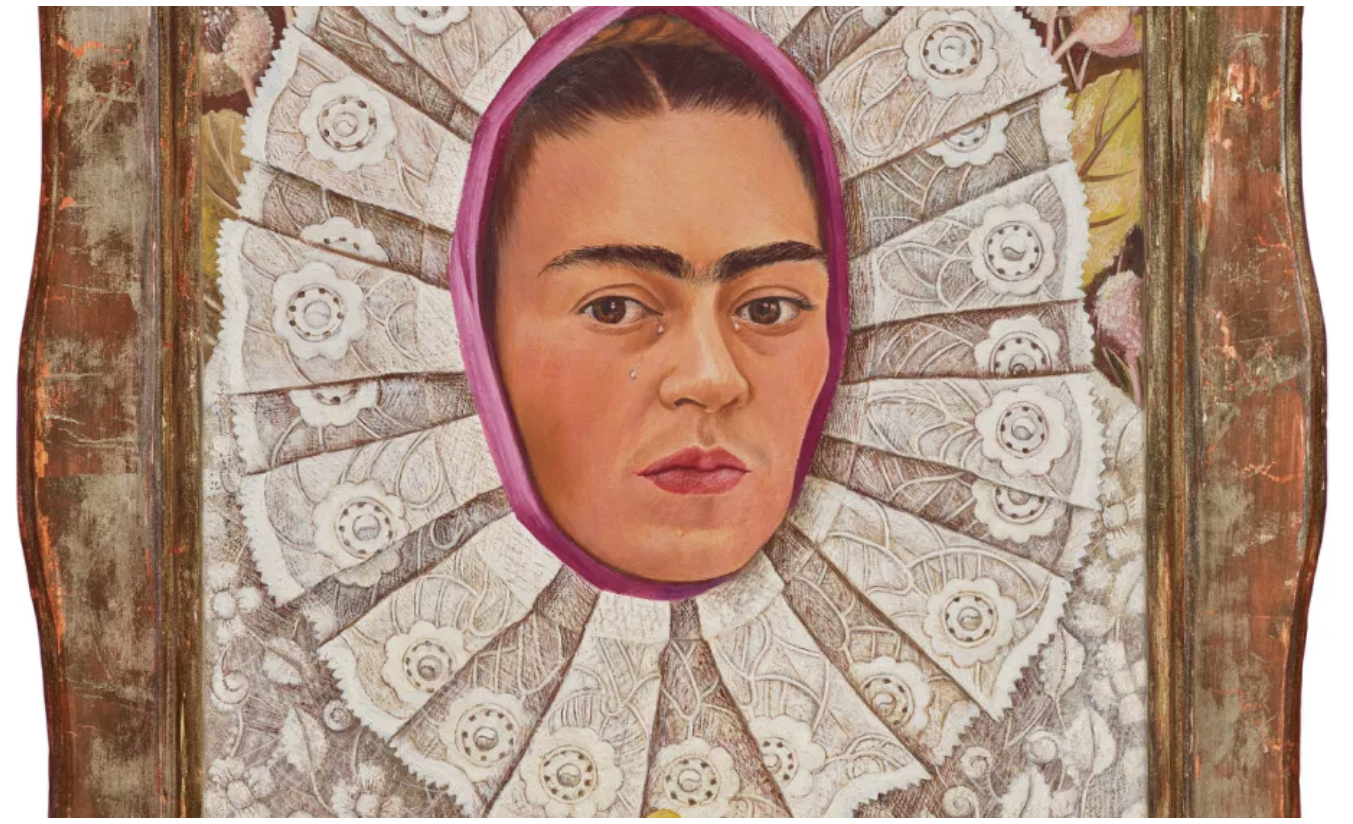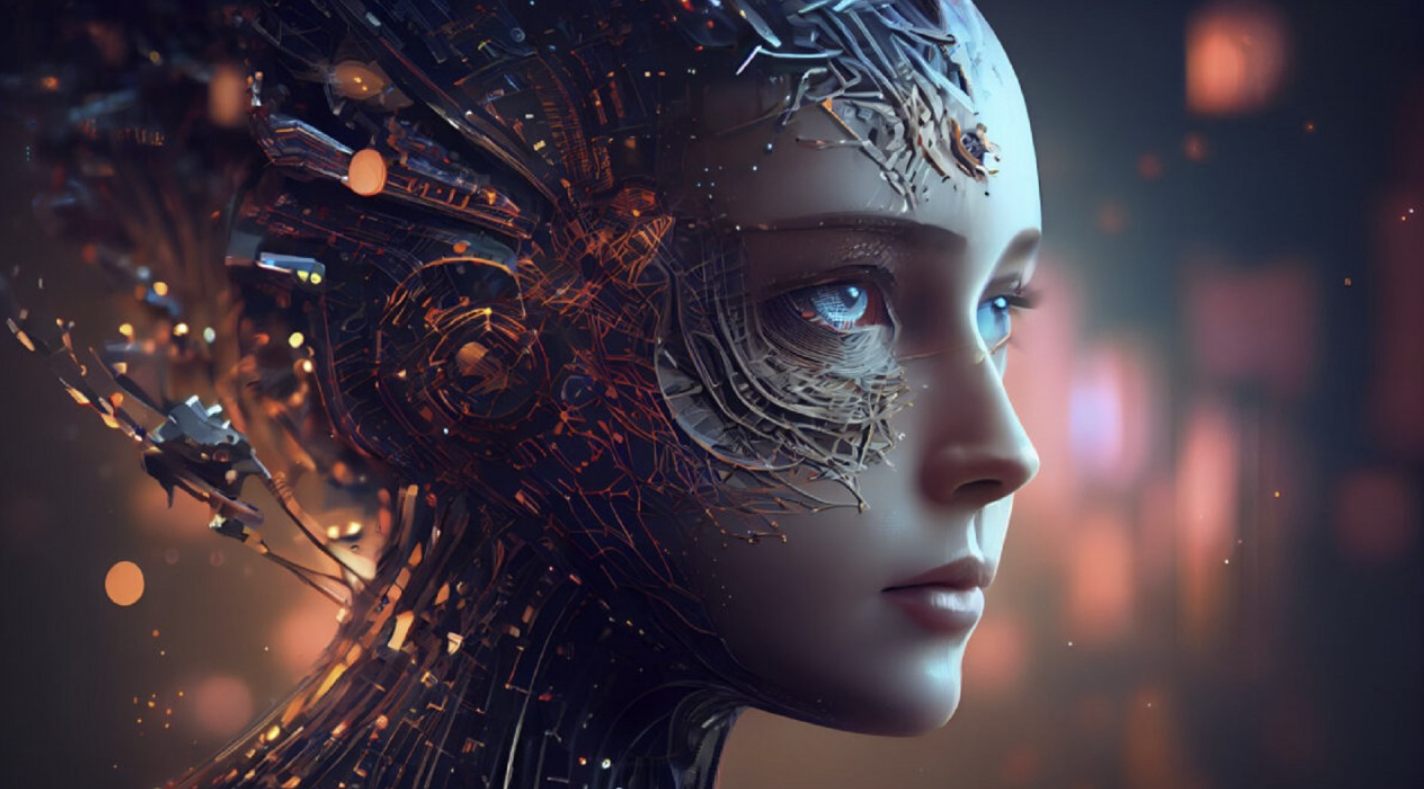
Artificial intelligence is making waves across a variety of fields, and the art world is no exception. As AI becomes increasingly integrated into the creative process, it’s sparking debates about its role in art production. Questions about whether AI-assisted creations should be considered legitimate art are at the heart of these discussions. Here’s an exploration of how AI might shape the future of artistic creation.
The Skeptic’s Perspective: AI’s Negative Impact on Art
As technology continues to evolve, some critics argue that AI is fundamentally changing art in a way that diminishes the human aspect of creativity. These critics claim that AI removes the artist from the equation, turning art into a product created by algorithms instead of human imagination.
Are Artists Being Replaced by Algorithms?
One of the harshest criticisms of AI in art comes from those who believe that artists are being replaced by machines. To them, the very notion of art being generated without a human touch undermines the essence of what makes something truly artistic. They argue that the human hand, with all its imperfections and emotions, is what gives art its value. By using AI as a tool, the art world risks turning creativity into a mass-market commodity, losing the unique quality that has long defined it. This shift is already evident in industries like publishing, where AI-generated content is starting to make its way into books and other media. For instance, Japanese author Rie Kudan recently revealed that AI played a role in the creation of 5% of her novel.
The Erosion of the Creative Process
With AI capable of recreating masterpieces from artists like Cézanne, Monet, and da Vinci, there are fears that human creativity could become obsolete. AI programs can replicate famous art styles in a fraction of the time it would take a human artist, leading some to question the role of the artist in producing original works. The concern is that the value placed on traditional art could be diminished, as machines begin to replace human artists, creating art without the emotional depth and imagination that have historically been essential.
The Positive Side: AI as a Revolutionary Tool for Artists
However, not everyone views AI as a threat. Supporters of AI in the art world argue that this technology offers artists an exciting new medium to explore and expand their creativity. For many, AI is seen as an innovative tool that allows artists to push the boundaries of what’s possible in their work.
Endless Creative Possibilities
Art has always evolved with new technological advancements, and AI is just the latest tool in that progression. Artists have been incorporating new technologies into their work for centuries, and the advent of AI is no different. For example, renowned contemporary artist David Hockney used an iPad and software to create his 2020 painting A Year in Normandy. This use of digital tools is simply the latest chapter in art’s ongoing relationship with technology.
AI offers artists the ability to experiment in ways that were previously unimaginable. One striking example is the work of artist Refik Anadol, who uses algorithms to create dynamic installations that change in real time. By gathering environmental data, his pieces evolve continuously, offering an immersive and interactive experience for the viewer.
AI and Art: A Growing Market
AI’s presence in the art market is already notable, with applications in everything from digital painting to 3D sculpture. Artists are using AI-powered tools to create effects and textures that would be impossible with traditional methods. For many, AI isn’t replacing human creativity but instead enhancing it, allowing for new forms of expression. Artists like Mario Klingemann, who creates digital portraits using AI, and Sougwen Chung, who employs robotic arms to draw and paint, demonstrate how AI can serve as a valuable tool without taking away from the artist’s vision.
Throughout history, new technologies have continuously shaped art, from the Impressionists painting en plein air to today’s digital innovators. The introduction of AI into the creative process offers artists new ways to represent the world and deepen our understanding of consciousness. While it’s clear that AI will never replace human thought and emotion, it is undeniable that it will continue to influence the evolution of art in profound ways.
In conclusion, the marriage of artificial intelligence and art opens up an exciting realm of possibilities. As AI becomes a more integral part of the artistic landscape, it challenges traditional notions of creativity, while offering artists new opportunities to explore, experiment, and evolve their craft. Whether viewed as a tool or a threat, AI is undoubtedly shaping the future of art in ways we are only beginning to understand.



